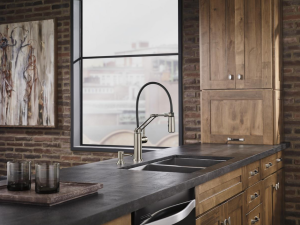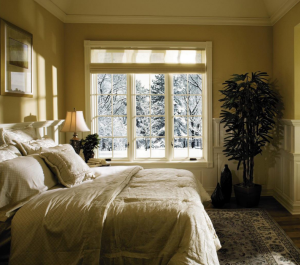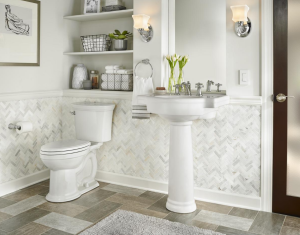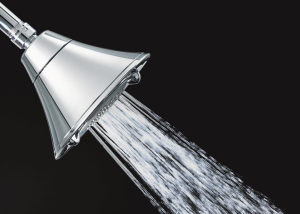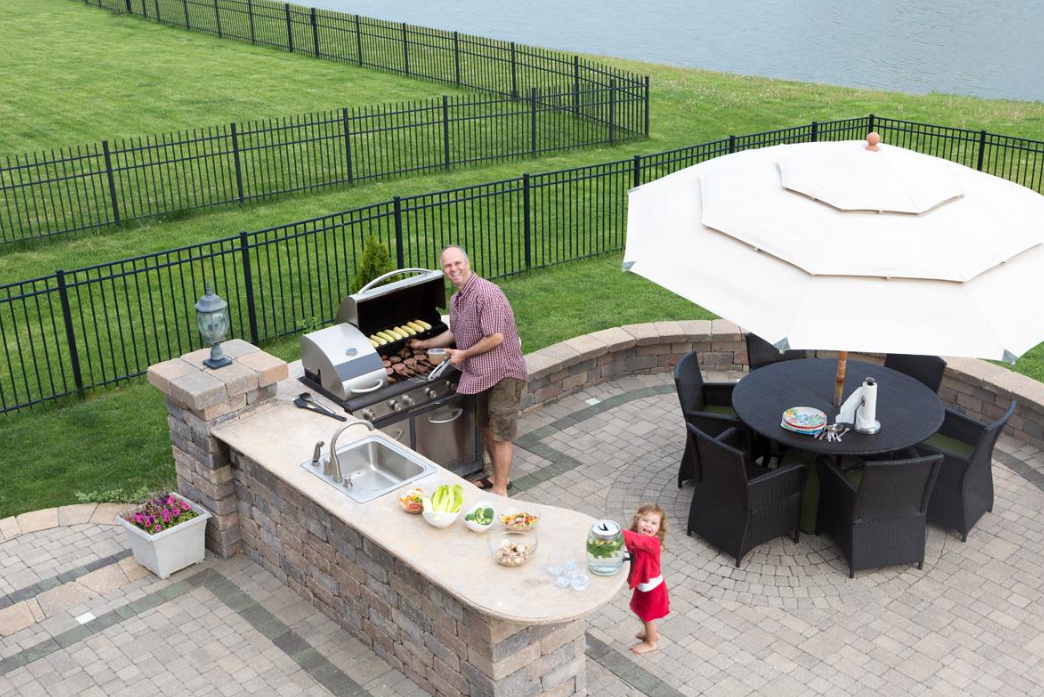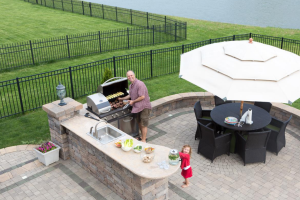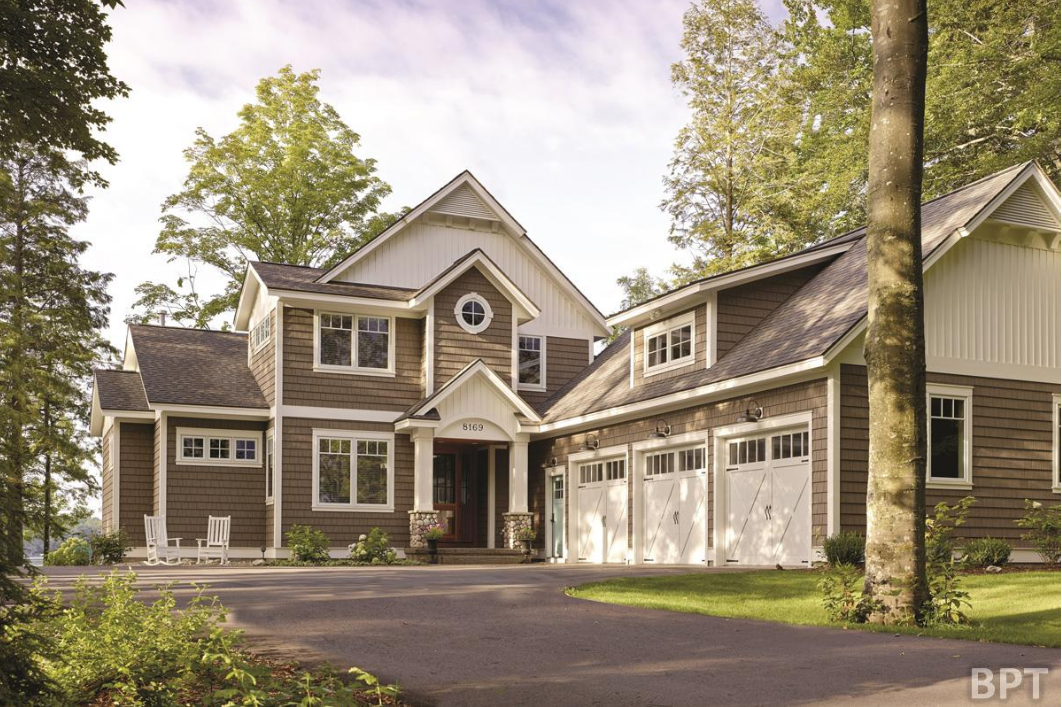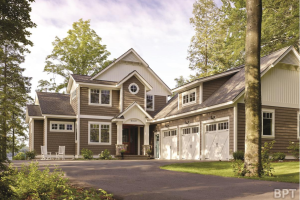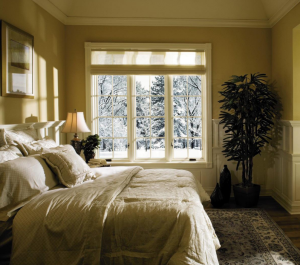 (BPT) – It’s coming – the white, windy weather of winter. Are you ready? Is your home? Now is the time to protect your home and wallet with a quick window and door checkup to make needed repairs and reduce costs.
(BPT) – It’s coming – the white, windy weather of winter. Are you ready? Is your home? Now is the time to protect your home and wallet with a quick window and door checkup to make needed repairs and reduce costs.
Clear sills and moving parts of dirt and debris. Debris like sand, dirt or leaves can get caught in window sills and moving parts of windows or doors. Clean these areas with a dry paintbrush to create a tighter seal and enhance window and door performance.
Check weather stripping. Re-attach or replace loose or worn weather stripping around windows and doors. Loose weather stripping can let cold air in, reducing energy efficiency.
Reapply caulk or sealant around windows and doors. To help reduce potential drafts and leaks, reseal areas around windows and doors that may have been exposed to heavy weather or extreme sunlight, creating breaks in caulk or sealant.
Install snap-in blinds or shades. Snap-in between-the-glass blinds or shades help insulate your home from cold outdoor temperatures. Pella Designer Series windows and patio doors feature convenient between-the-glass options to add energy efficiency and privacy.
Repair or replace damaged exterior surfaces. Cracked or deteriorated wood on the roof or near the foundation is typically associated with water penetration and may allow moisture or cold air to leak into your home. Look closely for signs of moisture leakage and replace damaged wood. Consult a professional to help correct any roof or drainage problems around your home.
Install storm doors. Storm doors add an extra layer of protection and help reduce air and moisture leakage.
Replace old windows and doors with energy-efficient ones. If you have single-pane glass or older windows or doors, you may be paying more to heat your home in the winter. Replace them now with energy-efficient, double- or triple-pane glass versions, such as those offered by Pella, and made with insulating argon, or install new durable fiberglass doors to help save money and energy year round.
For more home tips, follow Pella on Pinterest and Houzz and visit Pella.com to connect with your local Pella representative.



